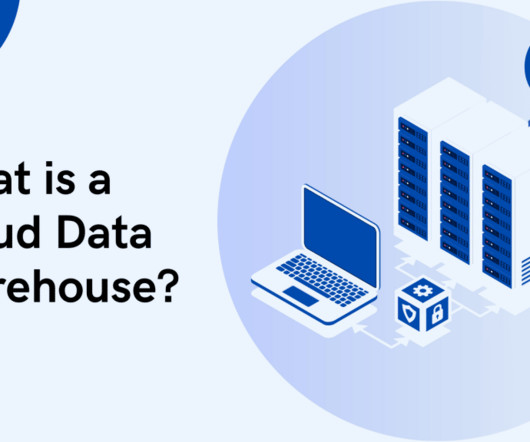Data Scalability Raises Considerable Risk Management Concerns
Smart Data Collective
JUNE 19, 2019
Many businesses globally are dealing with big data which brings along a mix of benefits and challenges. A report by China’s International Data Corporation showed that global data would rise to 175 Zettabyte by 2025. This growth means that you should prepare to handle even larger internal and external data soon.












Let's personalize your content